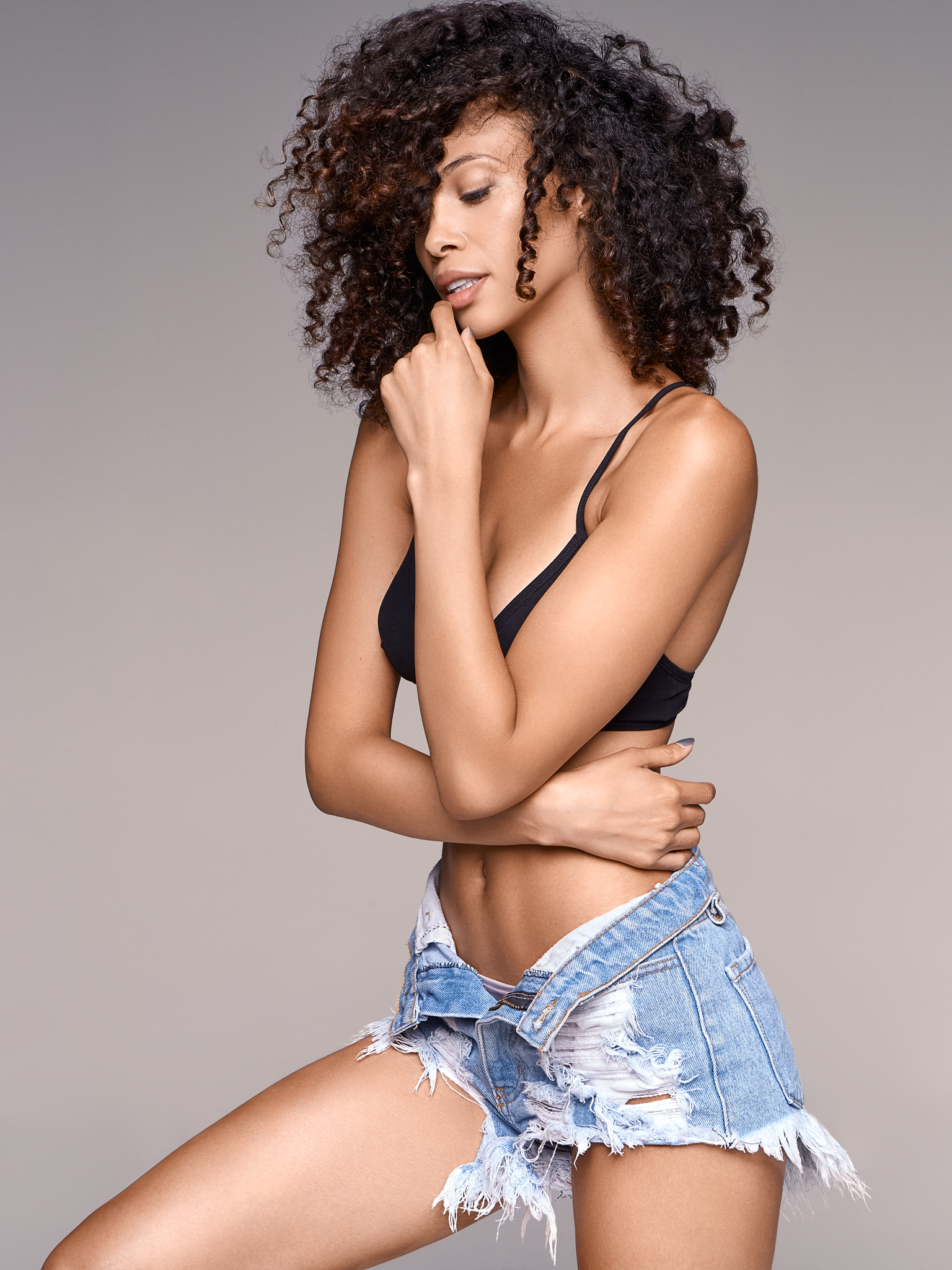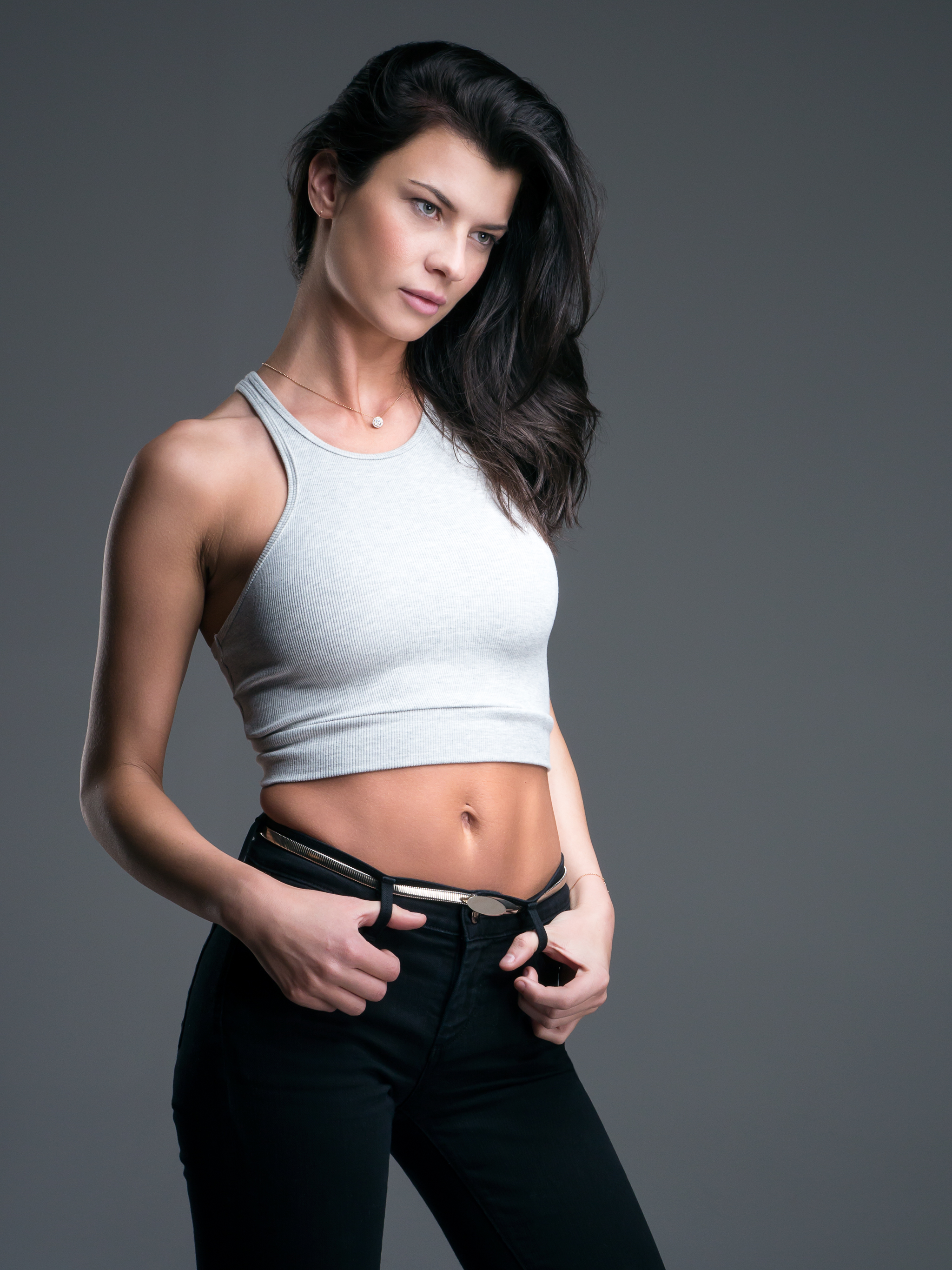Test shoots are a common practice for photographers, from emerging artists to established professionals, and have been used by many iconic photographers throughout their careers to refine their craft and develop their signature style. Richard Avedon conducted extensive test shoots to experiment with new techniques and camera angles. Similarly, Herb Ritts used test shoots to experiment with lighting, shadows, and form, often shooting in black and white to explore texture and contrast. Helmet Newton frequently used test shoots to push boundaries and explore taboo subjects which later became hallmarks of his style.
The Old Way
If it’s good enough for these three icons of photography it’s good enough for me. I have done many test shoots though often begrudgingly. Traditionally, test shoots are conducted as a “Trade for Print” or “TFP” arrangement, where everyone (models, hair stylists, makeup artists, art directors, etc.) works for free in exchange for pictures for their respective portfolios. In these situations everyone has to leave feeling they got something useful. This means less experimenting with technique, equipment, creative concepts, etc., and shooting more to satisfy others. In other words, it’s a lot like working for a client, only for free. To boot, rarely is everyone satisfied with the number of images they receive or the images chosen for editing. Tests are often the most thankless shoots I do.
I invest a lot in a test shoot, not the least of which being time. I spend a good amount of time researching, playing with ideas, and building mood boards. There’s often additional prep to do before tests, perhaps its sourcing backgrounds, wardrobe, sorting studio time or locations and logistics, building the team, organizing call times, planning for food and craft services, and so on.
The day of the shoot is generally a long, backbreaking enterprise. If it’s a studio shoot I often arrive four hours in advance of the model’s call time to load in and set up. Then I go non-stop shooting the test and usually don’t sit down until everyone else has wrapped. Then I break down and load out. It’s a twelve to fourteen hour day before I eat something then pass out.
Next comes post production. I process files, backup files, deliver proofs, cull selects then do my own retouching. I might edit 8-18 images for a test shoot at 2-4 hours each edit if not more. It’s a significant time suck.
Test shoots also cost me money. I provide the studio, equipment, occasionally rentals, insurance and other overhead, snacks, and lunch. Occasionally, I’ll have an assistant who must be paid; unlike the other team members an assistant generally doesn’t benefit from including another photographer’s work in their own portfolio. None of it is free.
To make so much of an investment in time and money – not to mention talent – only to end up spending a fraction of the test shoot producing what I’m after for my own book or experience, seems unfair, unsustainable, and an awful lot like paying to work for someone else.
The New Way
I finally thought, “I’m already incurring such an expense for test shoots, wouldn’t it make better sense to invest a little more and not have to be concerned with shooting for someone else’s needs and expectations, even if it means being able to afford fewer test shoots?”
Consequently, when I do a test shoot now either I’m paying you or you’re paying me.
If I’m paying you to model, do hair, makeup, styling, set building, etc., you will have a great time, be fed, and promptly paid, but you won’t get the promise of a single picture. In this arrangement I can experiment and fail ’til my heart’s content. I don’t have to worry about a ticking clock or setting sun and the need to shoot something for someone else’s book. I get to prove or disprove a concept without concern for letting anyone down but myself.
Often, the only people I have on test shoots now are a model and an assistant. We have fun, they get paid, they get fead, and I get to learn and grow. I do recommend paying a professional, experienced model rather than throwing a friend a few bucks to stand in. In the event I do dial in something that looks great I want a model who can throw down and bring something to the picture. It would be a missed opportunity otherwise. I will spring for a larger team if I’ve already realized some of a concept’s potential and the resulting images will be a new, fresh compliment to my portfolio and marketable to prospective clients.
Otherwise, if it’s a test shoot and I’m working to satisfy someone else’s needs and expectations, someone has to be paying me. In turn they control what I shoot, how much I shoot, where we shoot, and which pictures get edited. It won’t matter to me if nothing we shoot works for my portfolio so long as it works for theirs. I won’t need to worry about letting someone else down with my half baked ideas for a theme, lighting setup, or set. They’ll be my client and I’ll be working for them. Furthermore, I won’t leave the shoot feeling taken advantage of.
The downsides to this approach are generally two-fold. The former costs more money. The latter means likely saying no to people you would otherwise like to shoot with. I recommend this approach nonetheless. The results for me from my tests since working this way have done more to advance my own creativity than all of my tests the prior three years combined.
Let me know what you think. Will you be changing the way you do test shoots?




